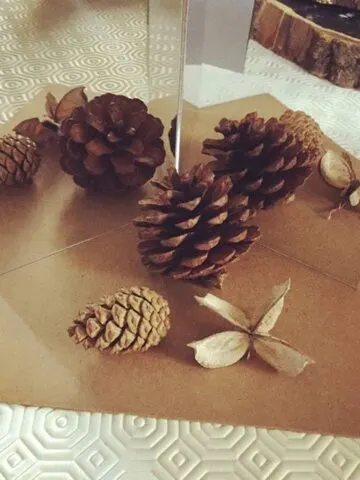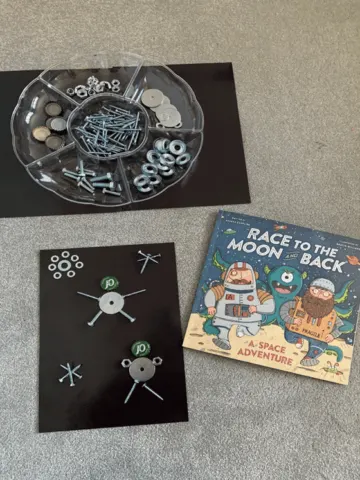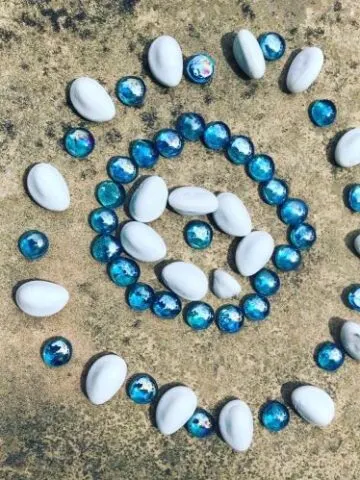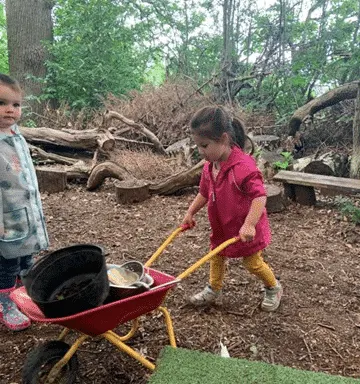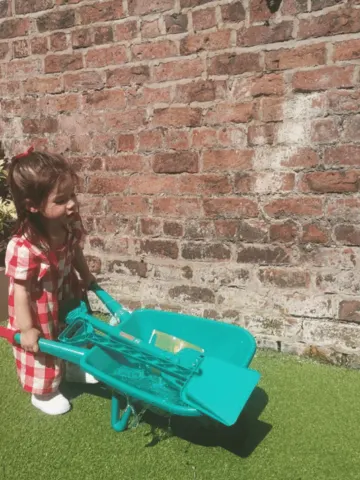19 Fantastic Dice Games For Kindergarten
With just one humble dice you can create a whole world of learning in Kindergarten! You don’t even have to buy a dice. A simple homemade dice made out of a building block can be used in countless activities. I’ve been a teacher of this kind of age range for the last 12 years, and …


